New porous coordination polymer captures CO2, converts it to useful organic materials
Green Car Congress
OCTOBER 13, 2019
The new material is a porous coordination polymer (PCP, also known as MOF; metal-organic framework), a framework consisting of zinc metal ions. Here, we present a dynamic porous coordination polymer (PCP) material with local flexibility, in which the propeller-like ligands rotate to permit CO 2 trapping.



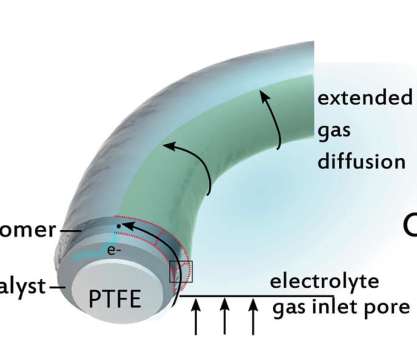
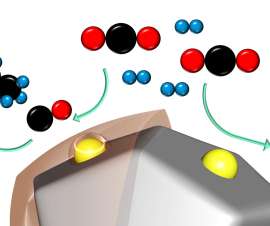




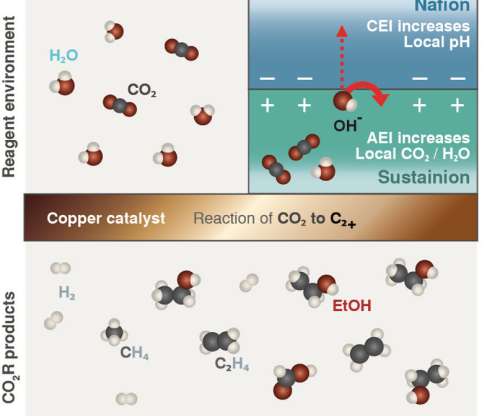






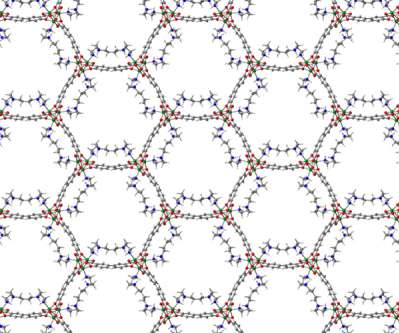













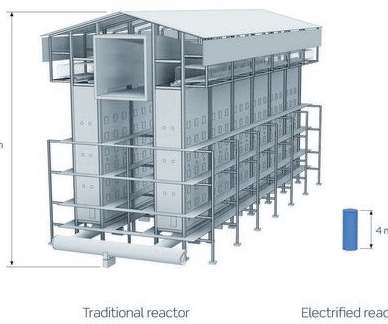







Let's personalize your content